[1]
Bateman, I. J., Carson, R. T., Day, B., Hanemann, M., Hanley, N., Hett, T. and Sugden, R.2002), Economic valuation with stated preference techniques: A manual.
[2] Busan Regional Office of Oceans and Fisheries (BROOF)2018), http://www.portbusan.go.kr/facility/facility_01_01.do.
[3]
Carson, R. T., Mitchell, R. C., Hanemann, M., Kopp, R. J., Presser, S. and Ruud, P. A.(2003), ‚ÄúContingent valuation and lost passive use: damages from the¬†Exxon Valdez oil spill‚ÄĚ, Environmental and resourceeconomics, Vol. 25, No. 3, pp. 257-286. 0924-6460.
[4]
Freeman
III, A. M., Herriges, J. A. and Kling, C. L.(2014), The measurement of environmental and resource values:theory and methods. Routledge; p. 1-491.
[5]
Kim, T. G.(2014), ‚ÄúStudy on Public Awareness of¬†establishing Marine Protected Areas - Case Study ofGuimaras Province, Philippines using Contingent Valuation Method‚ÄĚ, Journal of Korean Navigation and Port Research, Vol. 38, No. 6, pp. 663-672.

[6] Korea Maritime Institute(KMI)2016), Effectiveness Analysis on the Prevention of Marine Accidents of Aids to Navigation.
[7] Korea Maritime Institute(KMI)2018), http://www.kmi.re.kr.
[8] Ministry of Economy and Finance(MOEF)2018.
[9] Ministry of Oceans and Fisheries(MOF)2018.
[10]
Moon, B. S., Gug, S. G. and Lee, Y. T.(2018), ‚ÄúStudy on the Development of Social Evaluation Model for Aids to Navigation Accident‚ÄĚ, KINPR, Vol. 42, No. No. 3, pp. 187-194.
[11]
Petrolia, R. D. and Kim, T. G.(2009), ‚ÄúWhat are Barrier Islands Worth? Estimates of Willingness to Pay for Restoration‚ÄĚ, Marine Resource Economics, Vol. 24, No. 2, pp. 131-146. 0738-1360.

[12]
Seo, M. S. and Bae, S. J..




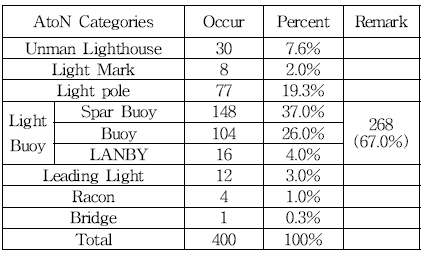
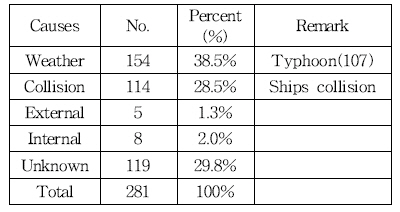
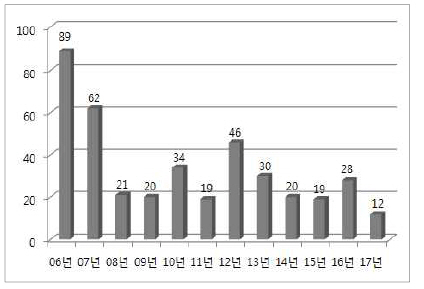
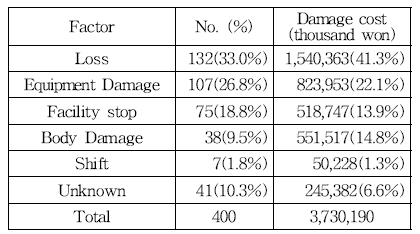
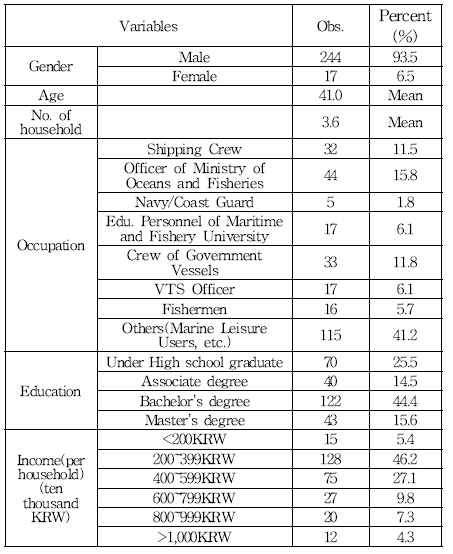
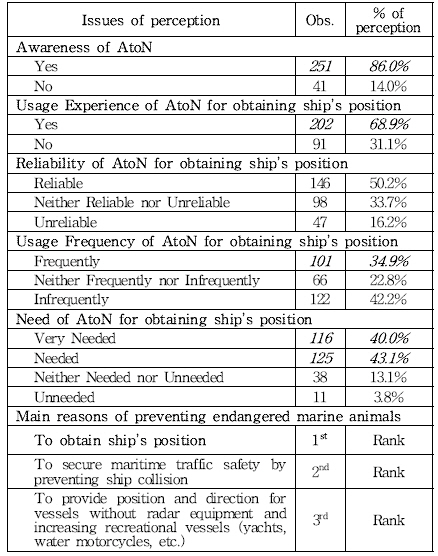
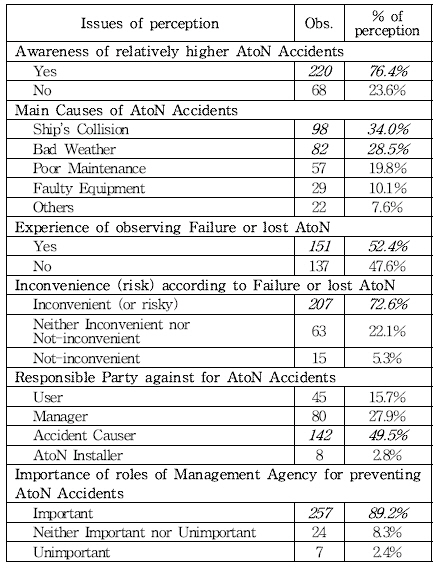
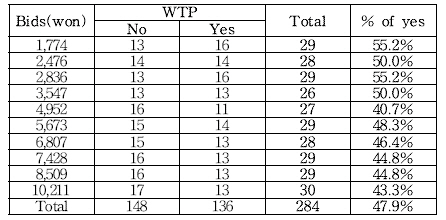
 PDF Links
PDF Links PubReader
PubReader Full text via DOI
Full text via DOI Download Citation
Download Citation Print
Print






